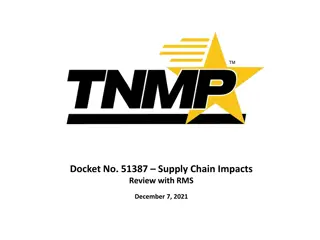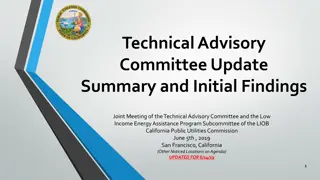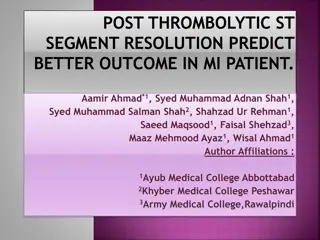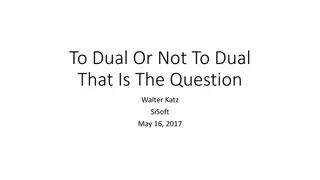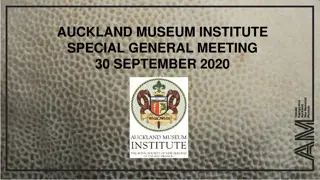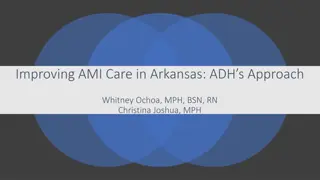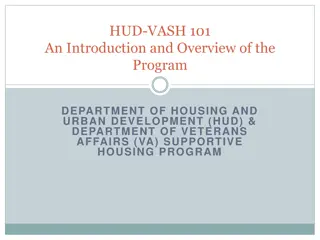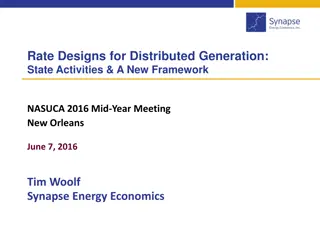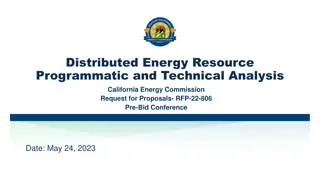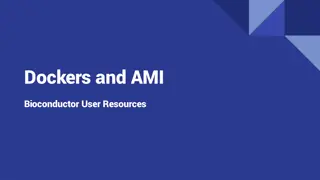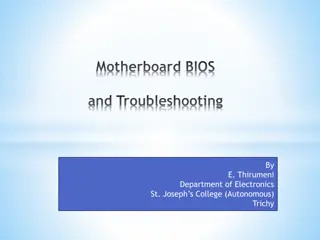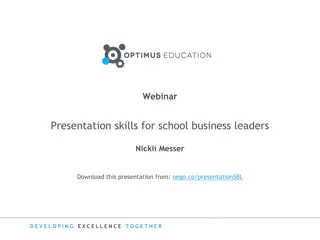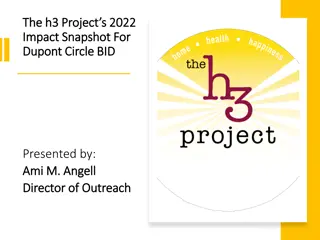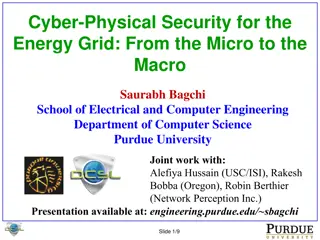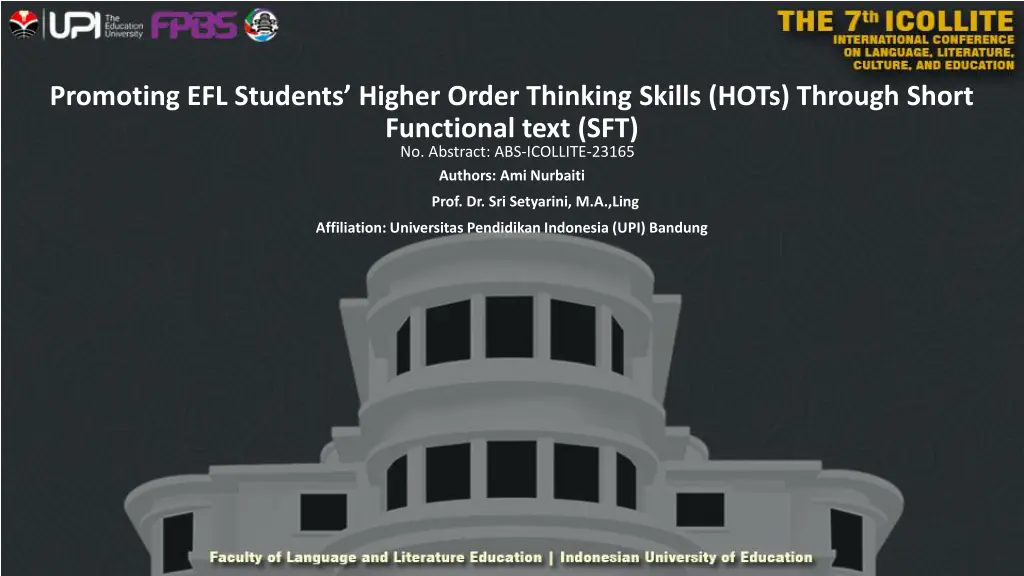
Enhancing EFL Students' Critical Thinking Skills Through SFT
Explore how junior high school teachers promote Higher Order Thinking Skills (HOTs) in English learning using Short Functional Texts (SFT), addressing challenges and strategies. Discover benefits gained by students such as developing creativity, learning vocabularies, enjoying learning, and self-motivation.
Download Presentation

Please find below an Image/Link to download the presentation.
The content on the website is provided AS IS for your information and personal use only. It may not be sold, licensed, or shared on other websites without obtaining consent from the author. If you encounter any issues during the download, it is possible that the publisher has removed the file from their server.
You are allowed to download the files provided on this website for personal or commercial use, subject to the condition that they are used lawfully. All files are the property of their respective owners.
The content on the website is provided AS IS for your information and personal use only. It may not be sold, licensed, or shared on other websites without obtaining consent from the author.
E N D
Presentation Transcript
Promoting EFL Students Higher Order Thinking Skills (HOTs) Through Short Functional text (SFT) No. Abstract: ABS-ICOLLITE-23165 Authors: Ami Nurbaiti Prof. Dr. Sri Setyarini, M.A.,Ling Affiliation: Universitas Pendidikan Indonesia (UPI) Bandung
INTRODUCTION Higher Order Thinking Skills (HOTs) have become a major theme in education, particularly among EFL learners as it is considered an important skills to survive the information-loaded global world. In English learning activity, students also encouraged to use their critical thinking skills. Dealing with HOTs implementation, it has not shown optimal result due to problem faced by the teacher particularly in learning strategies. The purpose of this research: 1. Finding out how junior high school teacher promote HOTs in English learning through Short Functional Text (SFT) 2. Knowing teacher s challenges when promoting HOTs and how to overcome these challenges
LITERATURE REVIEW Anderson and David Karthwol (2001) HOTS is the ability to apply information in a meaningful way, represent problems, make decisions, innovate, and produce something Saiffer (2018) There are two main HOTs: critical thinking and creative thinking
METHOD Research Design Data Analysis A qualitative method was employed in this research, especially in analyzing the data Classroom Action Research (CAR) was employed online in this research to see the DST promote HOTS of EFL young learners Procedure Participants of the Research Planning, acting, observing, and reflecting participants were a teacher and seven grade of junior high school Instruments classroom observation, interviews with the teacher and students, and document analysis
FINDING AND DISCUSSION Strategies in Promoting HOTs Through SFT Learning Phase Strategies Activities Pre-Activity Brainstorming Asking students using open ended question Showing SFT material Guessing game Mind Mapping Drawing mind-mapping tree Making prediction Modelling Giving practical examples Guessing games Using words in sentences
Benefits gained by the students from their learning Benefits Gained Indicators No 1. Developing ideas and creativity They can share their ideas, opinions, and arguments freely 2. Learning New Vocabularies Some new vocabularies are used to tell their stories, either in their written or oral forms 3. Enjoyable learning They show their enthusiasm and enjoyment in their learning 4. Self-motivation They are more active and curious in joining all learning activities 5. Developing Critical Thinking Their higher levels of thinking are promoted through applying, comparing, contrasting, evaluating, and creating the short text given 6. Exploring new ideas They can predict future events or happenings of the stories and connect with the contextual situations occurred in their life 7. Self confidence They are willing to deliver their ideas in front of the class without feeling worried to make mistakes 8. Improving comprehension They understand the text since they relate to their experiences 9 Speaking opportunity They attempt to state what they are thinking and maintain their communication to others
Challenges faced by the teacher in learning-teaching process and strategies to anticipate them No Types of Challenges Challenges Faced by the teachers Lack of teachers experiences Linguistic and pedagogical problems Less confident of teaching HOTs Strategies Teacher s development program Attending conferences, workshops, and seminar Continuing their higher education Actively join teacher association Searching and selecting learning materials from websites Providing scaffolding appropriately Improve classroom management Give more learning autonomy to the students 1. Internal 2. External Irrelevant teaching materials and learning sources Limited time Overloaded classes
CONCLUSION The use of SFT can promote HOTs of EFL learners. The finding shows that students could think critically and creatively. It can be seen from each thinking in the first and second cycle. There were several challenges which the teacher faced during the implementation of SFT to promote HOTs of EFL learners. Those are teaching instruments, technological issues, students' English and the implementation processes.
REFERENCES Ariska, R., Gustine, G. G., & Setyarini, S. (2021, April). Promoting Students Higher-Order Thinking Skills Through Teacher s Feedback in an EFL Classroom. In Thirteenth Conference on Applied Linguistics (CONAPLIN 2020) (pp. 471-478). Atlantis Press. Ariska, R., Gustine, G. G., & Setyarini, S. (2021, April). Promoting Students Higher-Order Thinking Skills Through Teacher s Feedback in an EFL Classroom. In Thirteenth Conference on Applied Linguistics (CONAPLIN 2020) (pp. 471-478). Atlantis Press. Ariyana, Y., & Bestary, R. (2018). Buku Pegangan Pembelajaran Berorientasi pada Keterampilan Berpikir Tingkat Tinggi. Direktorat Jenderal Guru dan Tenaga Kependidikan Kementerian Pendidikan dan Kebudayaan Hak. Basuki, I. & Hariyanto. (2016). Asesmen Pembelajaran. Bandung: Remaja Rosdakarya Offset. Brookhart, S. M. (2010). How to assess higher-order thinking skills in your classroom. Virgnia USA: ASCD publications. ISBN978-1-4166-1048-9. Budiarta, K., Harahap, M. H., Faisal, & Mailani, E. (2018). Potret Implementasi Pembelajaran Berbasis High Order Thinking Skills (HOTS) di Sekolah Dasar Kota Medan. Jurnal Pembangunan Perkotaan, 6(2), 102 111 Budiman, A., & Jailani, J. (2014). Pengembangan Instrumen Asesmen Higher Order Thinking Skill (Hots) Pada Mata Pelajaran Matematika Smp Kelas Viii Semester 1. Jurnal Riset Pendidikan Matematika. 1(2), 139-15. Campbell-Phillips, S. (2020). Education and Curriculum Reform: The Impact They Have on Learning. Budapest International Research and Critics in Linguistics and Education (BirLE) Journal, 3(2), 1074-1082.
Curtis, R., Webb-Dempsey, J., & Shambaugh, N. (2010). Understanding your data. Action research for teacher candidates, 30-33. Darmawan, I. P. A., & Sujoko, E. (2013). Revisi taksonomi pembelajaran benyamin s. bloom. Satya Widya, 29(1), 30-39. Darmayanti, M. M. L., & Lisa, A. (2019, July). Reflection Of Disruptive Learning and Hots To English Education: A Study In Indonesian School. In UNNES-TEFLIN National Seminar (pp. 60-66). Dhofir, M. (2018). Karakter Guru Profesional. Jurnal Studi Pendidikan Islami, 4(1), 88-100.
THANK YOU! Follow @amii.nb


